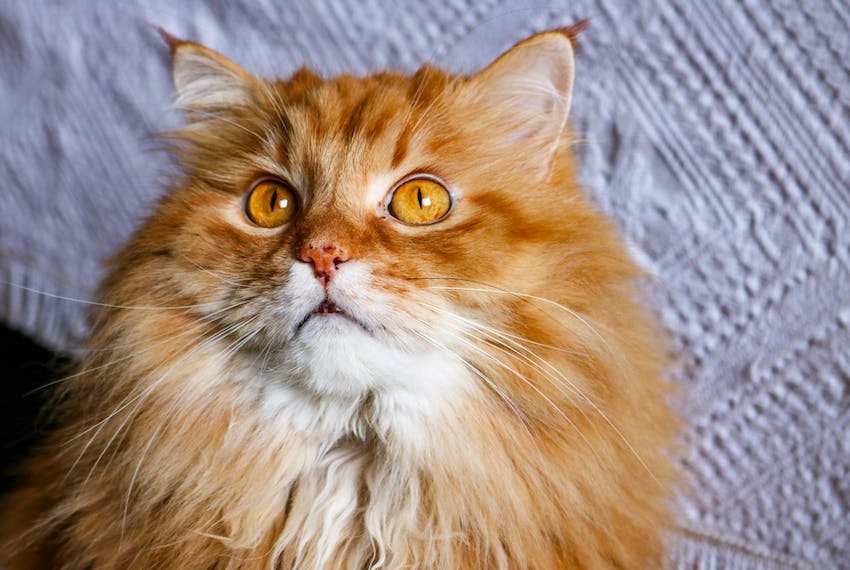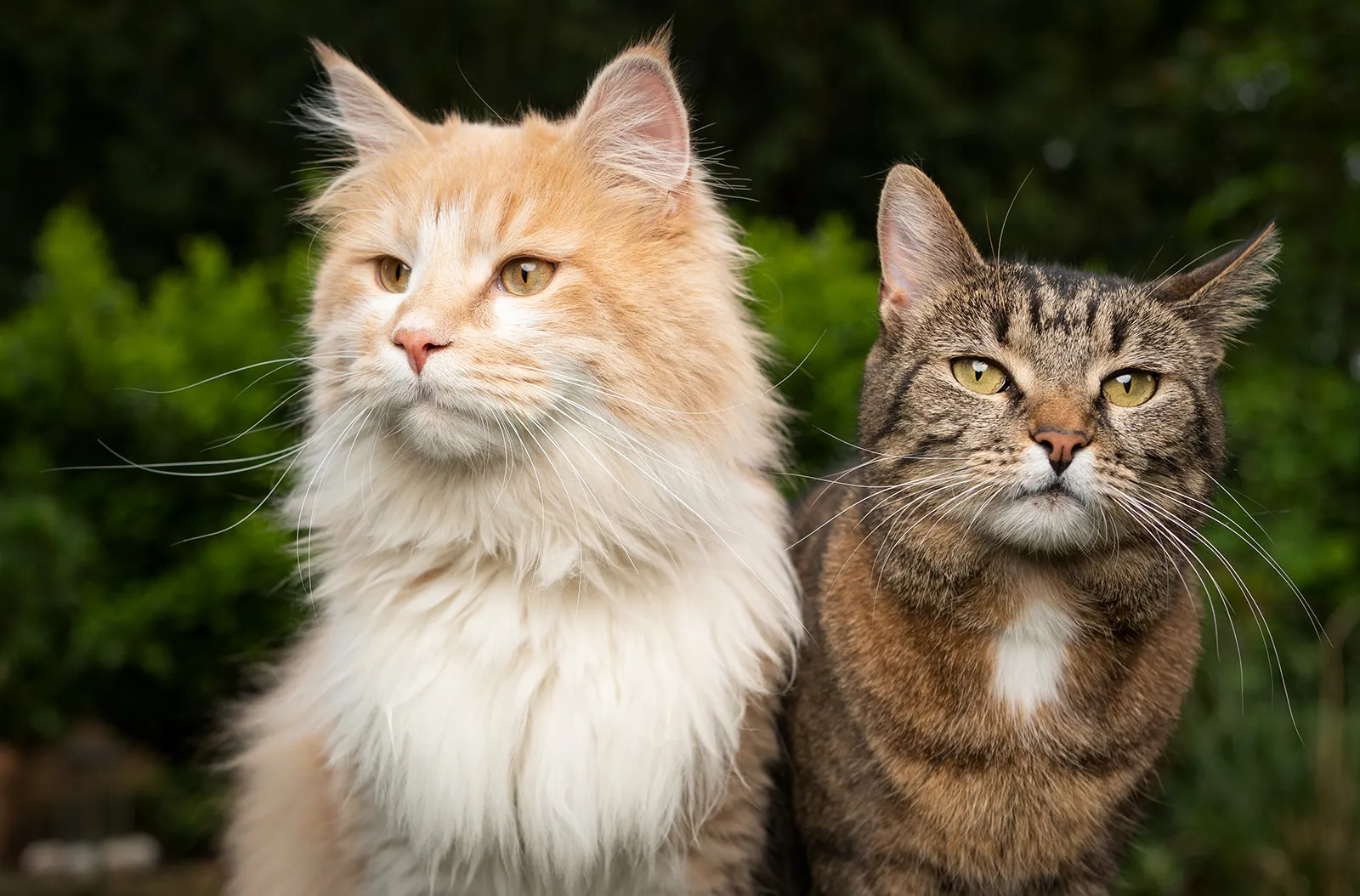Caring for a long-haired cat is important for reasons beyond looks. It helps avoid painful tangles, minimizes excessive shedding, manages hairballs, and promotes skin health. Whether you have a Persian, Maine Coon, or Ragdoll, setting up a consistent grooming schedule is crucial for maintaining your cat’s comfort and well-being.
Here is a useful guide on how to safely and effectively groom a long-haired cat at home.
Why Grooming Is Essential for Long-Haired Cats:
1. Prevent Mats and Tangles
1. Prevent Mats and Tangles
Long-haired cats are susceptible to tangles and mats, particularly in areas such as the neck, belly, and hind legs. If not dealt with, these mats can become uncomfortable and even lead to skin infections.
2. Reduce Shedding and Hairballs
Brushing your cat regularly helps eliminate loose hair, which can decrease shedding and limit the amount of hair the cat ingests while grooming itself, thereby reducing the chances of hairballs.
3. Maintain Skin and Coat Health
Brushing helps spread natural oils throughout the fur, maintaining its shine and health. Additionally, it provides an opportunity to inspect the skin for any problems such as fleas, lumps, or injuries.
4. Minimize Litter Box Problems
Too much fur around the back can collect feces or urine, resulting in hygiene issues. Frequent grooming aids in maintaining cleanliness in these areas.
5. Support Older or Less Flexible Cats
Senior cats or those with arthritis may have difficulty grooming themselves properly. Regular brushing can help address this issue.
How Often Should You Groom a Long-Haired Cat?
Ideally, you should brush a long-haired cat at least once a day. For cats with particularly dense or silky coats, brushing twice daily may be necessary during shedding seasons (spring and fall).
Professional Grooming?
In certain instances, professional grooming might be required every few months, particularly if the cat
- Has a heavily matted coat
- Won’t tolerate brushing at home
- Needs sanitary trimming or a lion cut
Quick Step-by-Step Guide to Grooming a Long-Haired Cat
- Choose a quiet space
- Gather your tools
- Start brushing from the back
- Use a wide-tooth comb first
- Follow with a slicker brush
- Check problem areas
- Handle mats carefully
- Trim nails if needed
- Clean ears and eyes
- Keep sessions short
- Reward your cat
- Repeat regularly
How to Shave a Long-Haired Cat at Home

Trimming a long-haired cat at home can help avoid tangles, lessen shedding, and keep your cat comfortable during warm weather. However, it demands a careful approach, the appropriate tools, and a serene setting. This guide provides instructions on how to safely and efficiently shave your long-haired cat at home.
What You’ll Need
- Pet grooming clippers with a quiet motor and appropriate blade (#10 is commonly used)
- A slicker brush and metal comb
- Towels or a non-slip grooming surface
- Styptic powder for accidental nicks
- Treats or calming aids
- Optional: a helper to hold the cat
Step-by-Step Guide
1. Prepare Your Cat and Tools
- Trim your cat’s nails to minimize scratching.
- Brush out tangles and mats before shaving. Severe mats may need to be carefully cut out with scissors or clippers.
- Choose a quiet room and place your cat on a stable, non-slip surface.
2. Introduce the Clippers
- Turn on the clippers near your cat to help them get used to the sound.
- Make sure the clipper blades are clean, sharp, and cool to the touch.
3. Start Shaving Safely
- Begin at the back or neck where the skin is tighter and less sensitive.
- Always shave in the direction of hair growth to avoid irritation.
- Hold the skin taut to prevent accidental cuts.
- Work slowly and in sections, giving your cat breaks if they become agitated.
4. Be Cautious with Sensitive Areas
- Take extra care around the belly, legs, tail, and genitals.
- Avoid pulling on the skin or shaving too close, as cat skin is very thin and easy to cut.
Aftercare
- Gently wipe your cat with a damp cloth to remove loose fur.
- Reward them with treats and affection to reinforce positive behavior.
- Monitor for signs of skin irritation or injury.
Important Safety Tips
- Never use human clippers. They are too loud and can overheat quickly.
- Do not attempt to shave a cat that is aggressive or severely matted without professional help.
- Avoid sedating your cat at home unless under veterinary supervision.
When to Call a Professional
p>
If your cat has serious tangles, experiences a lot of anxiety, or has delicate skin, it’s advisable to seek help from a professional groomer or veterinarian. They possess the expertise and equipment needed to handle the situation safely.
We’d Love to Hear From You!
Have you tried the Highdas cat clipper? Whether it’s a success story or a learning experience, your feedback can help fellow pet owners make informed decisions.
Share your thoughts in the comments below!
Your insights are invaluable, and we look forward to hearing about your grooming adventures.


Comments
One response to “Tips to shaving long haired cats”
[…] the Hertzko Self-Cleaning Slicker Brush has made a significant mark in pet grooming, blending efficiency with user comfort, although potential buyers should keep in mind the size and […]